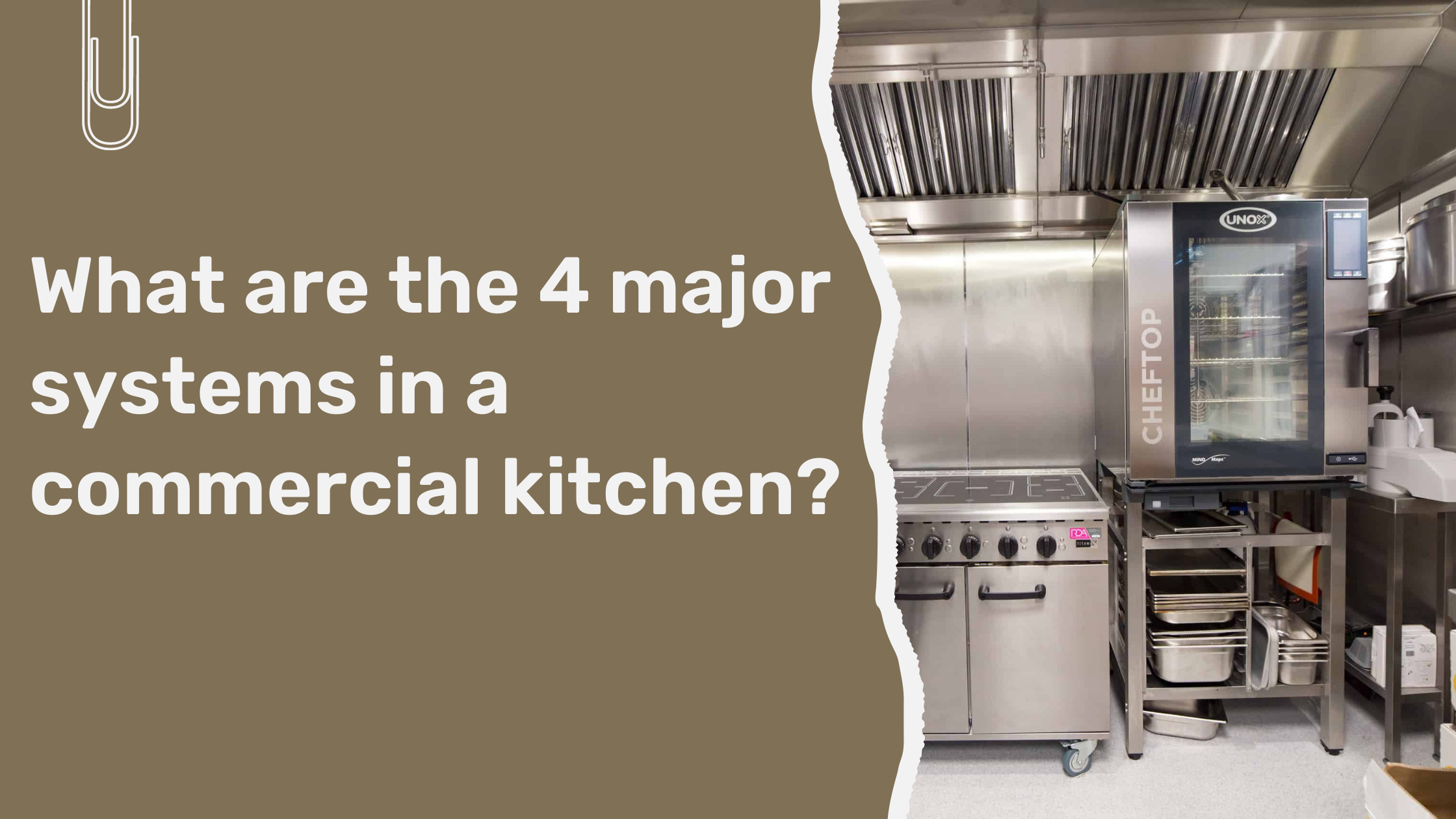Kitchen is the soul of your restaurant and commercial kitchen maintenance is the heart of it. What comes out and how quickie it is, makes or breaks the dining experince for your customers. A commercial kitchen’s layout is determined by how smoothly a restaurant functions and how frequently a commercial kitchen services are being done.
When the kitchen is designed strategically, it enables the back-end team to work together effectively and generate high-quality meals. If it is a poorly designed kitchen then the staff cannot be as efficient as they are in a high-quality kitchen because there they do not have to worry about bumping into each other.
Whether you’re building a restaurant from scratch or have hit it in a wall with your present design you will become a commercial kitchen expert after you have gone through this blog and we shall also discuss about the three major types of commercial kitchens.
What is a Commercial Kitchen?
A commercial kitchen is a food business that solely dedicates itself to prepare food for vast volumes sent to small operating food businesses like small kitchen. Other food premises can rent out commercial kitchens to prepare huge batches of food.
Commercial kitchens also works with ghost kitchens and catering kitchens which are the establishments that prepare food but are only available for pickup and delivery.
Generally a commercial kitchen is a fully established when it comes to food preparation equipment and cooking facilities and which can handle the vast preparations at once.
Why is Commercial Kitchen Layout Important?
The layout you choose for your commercial kitchen helps in determining how well it functions. A well-designed kitchen helps your back-of-the house to work efficiently and effectively produce good quality food.
Increasing Efficiency: A good commercial kitchen layout can help you get good food out quicker, saving time and money and keeping your customers satisfied.
Attracting and Retaining Top Memebers: Great chefs have some professional requirements. You will be needing a well-designed kitchen to meet the high standards of the top talent.
Elevating Staff Safety: A well thought out kitchen minimizes staff accidents, as the food production works naturally.
Increasing Your Output: The flow of people and products in your kitchen is seamless. When your kitchen design facilitates this flow, your production output increases, resulting in good turnover times and happy customers.
3 Types of Commercial Kitchens
There are 3 types of commercial kitchens which are highly in demand that are mentioned below:
Assembly Line: An assembly line layout is configured to consists of a central row which starts with food preparation and ends with a finished product which is ready to be take out to the customer.
Benefits of an Assembly Line Layout
This layout facilitates the production of lots of the same type of dish over and over again. The assembly line works best with multiple cook who are solely responsible for one part of the food production flow. This type of layout is ideal for quick-service types restaurants which needs faster output.
Which Restaurant Type is Assembly Line Best Suited For?
Assembly line layout is best suited for fast food restaurants who has limited menu but have similar preparation style such as pizzeria or buil-your-own-bowl restaurant.
Galley Layout: In this commercial layout, all the stations and the equipment are on the fence of your kitchen. In a tightly knitted space, kitchen equipment are placed along only to the parallel to two walls. This layout is widely used in small commercial kitchens.
Benefits of Galley Layout
In case your kitchen is large enough to accommodate for a ring layout with empty space in the center, you can have multiple cooks in your kitchen and they can easily rotate the work for multiple stations at once. In a very limited space, your galley kitchen will be the last option to choose from, such as a food truck.
Which Restaurant Type is Galley Layout Best Suited For?
Ring and galley style commercial kitchen layouts are best for tight and closely knitted spaces with a few staff like food truck.
Open Kitchen: An open kitchen layout allows the customer to see the meal being prepared which generally takes place behind the closed doors. Any commercial kitchen layout can be converted into an open kitchen by breaking the wall.
To make sure that the guest are in a safe commodity, it is important to keep the
far away from the customers. A glass partition between the service area and the guest seating is the ideal choice.
Benefits of Open Kitchen
An open kitchen is a great choice for entertaining the guests. An open kitchen is also a very good opportunity to maximize small space. You can also generate chef’s table seating by placing bar stools in the kitchen.
Which Restaurant Type is Open Kitchen Best Suited For?
Open layout kitchen is generally seen at some high-end restaurants or restaurants with small commercial spaces. Watching the chef cook your favourite meal becomes an integral part of your dining experience.
Conclusion
There are three main categories of commercial kitchens:Open Kitchen, Galley Layout and Assembly Line Layout. Each category serves a distinct purpose within the foodservice industry and caters to different needs and requirements. They all serve specific functions such as catering or providing support to larger operations. It is crucial to understand the distinctions between these types of commercial kitchens in order to design efficient layouts, effectively manage resources, and deliver high-quality food and service to customers.

 0800 644 2727
0800 644 2727

